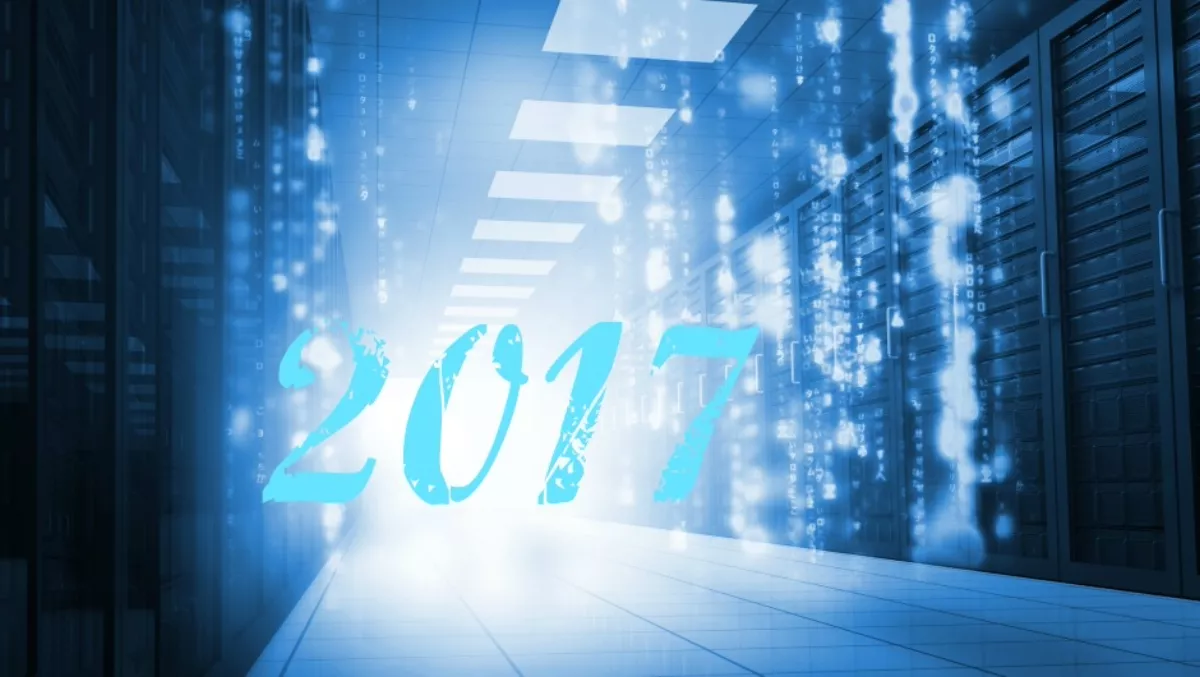
What this year means for the data center in APeJ
A range of maturing technologies within the datacenter have been showcased in IDC's latest FutureScape: Worldwide Datacenter 2017 Predictions – APeJ Implicationsreport,with the analyst firm highlighting why they are essential for those organisations seeking to digitally transform.
According to IDC, the future "DX Economy" will require a highly accurate, fully automated, lights-out datacenter that uses predictive analytics to reduce downtime.
This is the promise but IDC says the current reality for many older organisations is a datacenter environment that still contains significant technical complexity despite the efficiency and agility afforded by the cloud.
"This discussion has been weighted heavily on the business aspects of digital transformation and tended to neglect the complexity of the technical datacenter environment," explains Dr Glen Duncan, senior research manager, Datacenter, IDC, Asia/Pacific.
According to IDC Asia/Pacific, the top datacenter predictions that will make the biggest impact to organisations in Asia Pacific for 2017 and beyond are:
#1: Datacenter Vision. By 2018, 35% of companies in data-intensive industries will adopt formal datacenter planning, sourcing, and governance processes to speed digital transformation efforts.
#2: Next-Gen Workloads. By 2019, 25% of organizations' datacenter investments will be supporting next-gen contextual workloads such as Cognitive/AI, Machine learning, and Augmented Reality.
#3: PAYG IT. Pay-As-You-Go/Use Models will account for 25% of on-premise and off- premise physical IT and datacenter asset spending by 2018, strengthening business and IT partnerships.
#4: Smart(er) Datacenters. In 2017, only 20% of enterprises will deploy software-defined datacenters on schedule because capacity constraints in critical facilities delay transformation efforts.
#5: Multicloud Operations. As enterprises react to changing data use patterns, 45% of their ICT spend in 2018 will be in a mix of colocation, hosted cloud, and public cloud datacenters.
#6: Local Cloud Delivery. By 2019, 20% of on-premise infrastructure will support geo-dependent, next-generation workloads linked directly to public/hosted clouds through IaaS/PaaS stacks on integrated appliances.
#7: Rack-Level IT. In three years, rack-level hyperconverged and hyperscale bundles will account for 30% of server/storage/network deployments, driving changes in power and cooling design.
#8: Dynamic Connectivity. In 2017, 25% of enterprises will use policy-based overlay networks to move data and workloads between datacenters, clouds, and branch offices quickly and securely.
#9: Power Assurance. By 2019, leading datacenter operators will reduce reliance on the grid, with 10% of all datacenter energy needs being met by dedicated, privately generated power sources.
#10: Datacenter Obsolescence. In the next two years, 30% of large and midsize businesses will suffer a service failure due to mismatches in power delivery and IT workload profiles caused by hardware obsolescence.
"As organisations digitally transform, their underlying cloud and datacenter infrastructure must mature at the same rate and in parallel," explains Cynthia HO, senior research analyst, Datacenter, IDC Asia/Pacific.
"If it doesn't, line-of-business and the IT department will be out of alignment," she says.
"This will create tensions between the two areas and the larger the gap, the greater the tension. Apart from the shackling of the business, this will also contribute to the proliferation of shadow IT.
IDC predicts that the hybrid datacenter environment will continue to proliferate as the new normal in APeJ. This is reflected in Prediction #5, where 45% of enterprise ICT spend in 2018 will be a mix of off-premise environments, IDC says.
With the extension of the hybrid cloud to the edge with mobile devices and sensors, IDC expects this environment will only become more dispersed and sophisticated.


